Blueberry Lifespan: How Long Does A Blueberry Bush Live?
Blueberry bushes live for about 10-20 year on average. However, some varieties may even live up to 50 years or more.
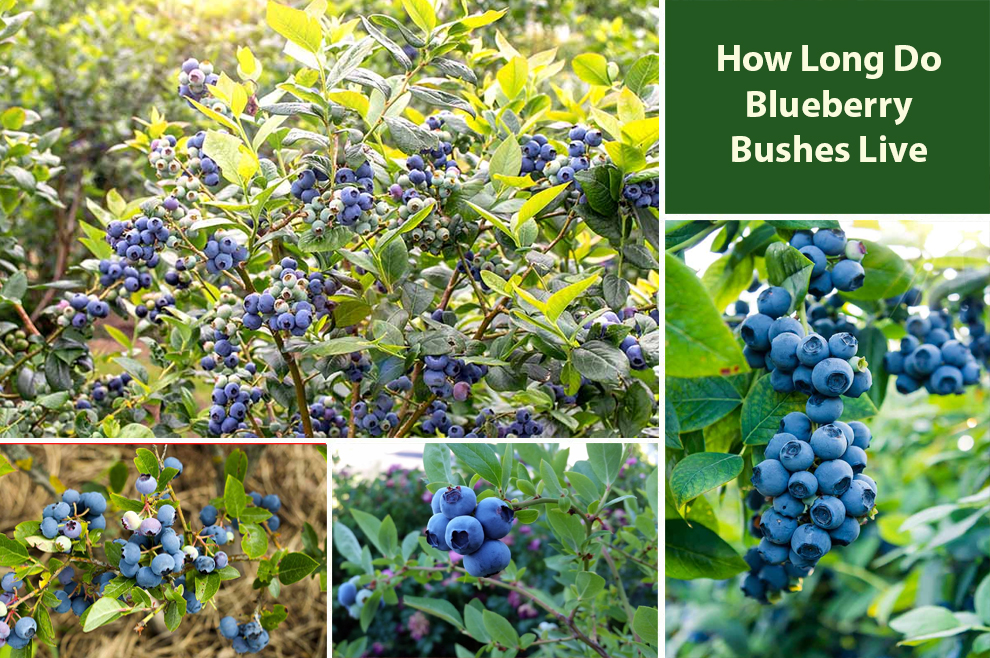
Blueberry bushes (Vaccinium spp.) are perennial plants that can live for a considerable period. However, it’s important to note that the lifespan of blueberries depends on genetic factors, growing conditions, and management practices.
How long do blueberry bushes live is variable! On average it is around 10 to 20 years, although some blueberry bushes can live longer 50+ years with proper care and maintenance.
Some bushes may have genetic traits that contribute to their longevity, while others may be more susceptible to diseases or environmental stressors that can shorten their lifespan.
The environmental conditions in which blueberry bushes are grown play a significant role in their lifespan. Factors such as temperature, humidity, sunlight exposure, soil pH, and drainage can affect the overall health and longevity of the bushes.
Effective management practices, including pruning, disease control, pest management, and nutrient management, can also greatly influence the lifespan of blueberry plant bushes.
Overall, by selecting appropriate varieties, providing optimal growing conditions, and implementing proper care practices, you can help maximize the lifespan of your blueberry bushes and enjoy a bountiful harvest for many years.
Blueberry Bush Lifespan
On average, a blueberry bush can live for 10 to 20 years or even longer with proper care. Different types of blueberry bushes can have varying lifespans up to 50 years or more depending on various factors, including the growth habits of the variety, growing conditions, and how well it is cared for.
Here’s a breakdown of their typical lifespans:
A. Wild Blueberry Bushes
Wild blueberry bushes are native to North America and are known for their delicious berries.
These bushes have a relatively long lifespan compared to many other fruiting plants. Under ideal growing conditions, they can live for several decades.
However, the productivity and vigor of the bushes tend to decline after about 15 to 20 years. This decline is due to factors such as natural aging, disease susceptibility, and competition from surrounding vegetation.
Wild blueberries have a considerable amount of natural genetic diversity, resulting in variations in their characteristics.
It’s worth noting that wild blueberries exhibit natural variation within their populations, and different regions may have local adaptations and variations in berry size, taste, and other characteristics.
B. Cultivated Blueberry Bushes
Cultivated blueberry bushes (Vaccinium spp.) are specifically bred and cultivated for their desirable traits, such as larger fruit size, increased productivity, disease resistance, and adaptability to specific growing conditions.
Cultivated blueberry bushes have a similar lifespan to wild blueberry bushes of around 15 to 20 years. Regular pruning and appropriate soil management practices can help extend the age of blueberry plants and their productivity.
There are numerous cultivated blueberry varieties available, each with its characteristics and requirements. Here are a few popular cultivated blueberry varieties:
A. How Long Do Lowbush Varieties of Blueberry Live?
While primarily found in the wild, lowbush blueberries can also be cultivated. They are typically grown in colder regions with acidic soils. Lowbush blueberry plants can live for 5 to 10 years.
Cultivated lowbush varieties include ‘Chippewa,’ ‘Northblue,’ and ‘Top Hat.’ They are low-growing, reaching heights of around 4 to 24 inches (10-60 cm).
Lowbush blueberries have small berries with intense flavor and are highly sought after for their taste and antioxidant content.
B. The Lifespan of Highbush Blueberry Varieties
While not as common in the wild, highbush blueberries (Vaccinium corymbosum) live for 10-20 years. They are larger compared to lowbush blueberries and can reach heights of 6 to 12 feet (1.8-3.6 meters).
Highbush blueberries are often grown commercially due to their larger fruit size and productivity.
C. What is the Half-High Blueberry Tree Lifespan?
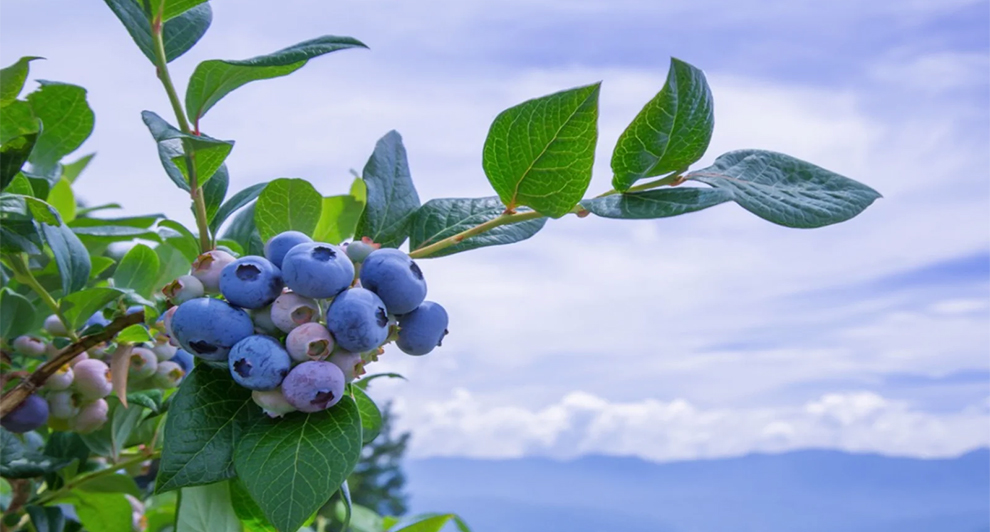
As the name suggests, half-high blueberries are a cross between lowbush and highbush varieties. They also live for 10-20 years based on their growing environment.
They combine the compact size and cold hardiness of lowbush blueberries with the larger fruit size of highbush blueberries. Half-high blueberries are a popular choice for home gardeners, especially in colder regions.
These are just a few examples of the many cultivated blueberry varieties available. To have a healthy lifespan, when choosing a variety, consider factors such as your climate, available chilling hours, soil pH, and desired fruit characteristics (e.g., flavor, and size).
How Many Years Will A Blueberry Bush Produce Blueberries?
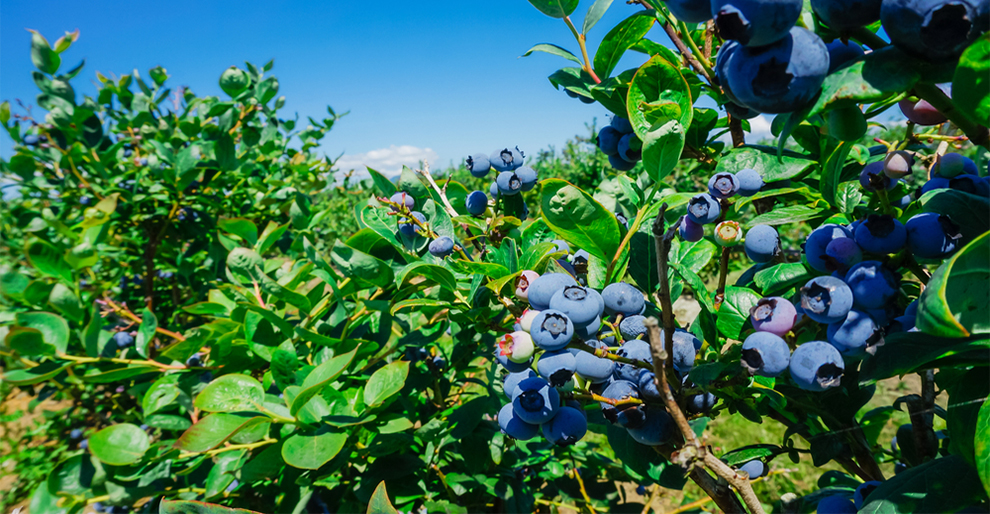
A well-maintained blueberry bush can produce blueberries for many years.
The productive lifespan of a blueberry bush depends on various factors, including the specific variety, growing conditions, and proper care. Here are some general guidelines:
- Early Years: Blueberry bushes typically start producing fruit within two to three years after planting. However, the yield during the initial years may be relatively low as the plant establishes itself.
- Prime Productivity: Blueberry bushes reach their peak productivity when they are around six to ten years old. During this period, they tend to produce the highest quantity of fruit.
- Decline: After the prime productivity period, the yield of a blueberry bush may gradually decline. Factors such as natural aging, disease susceptibility, reduced vigor, and competition from surrounding vegetation can contribute to the decline in fruit production.
While blueberry bushes can continue to produce fruit beyond the peak productivity stage, the yield may decrease over time.
However, with proper care and maintenance, including regular pruning, adequate nutrition, and disease control, you can prolong the productive lifespan of the bush.
Factors Affecting the Lifespan of Blueberry Bushes
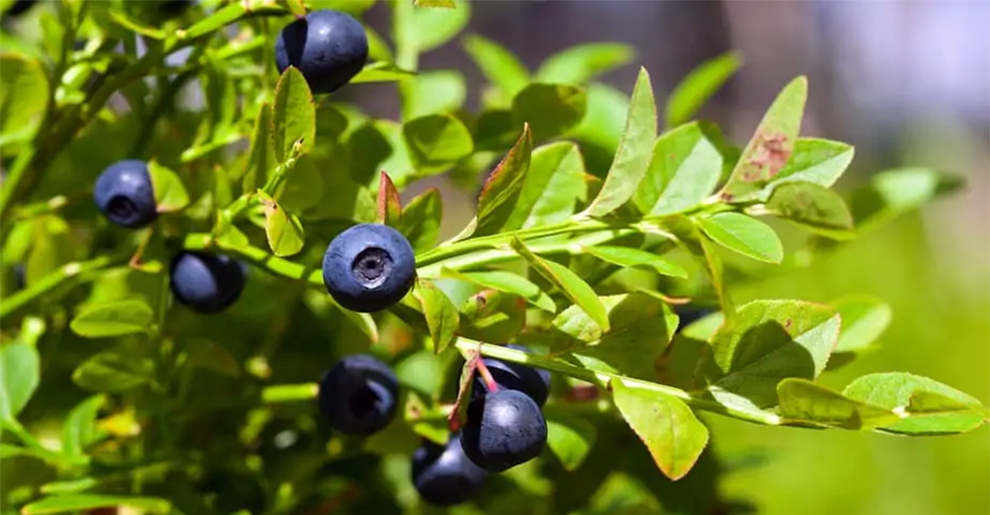
The lifespan of blueberry plants can be influenced by several factors. Here are some key factors to consider:
- Genetics and Variety: The genetic makeup and variety of the blueberry bush can play a role in determining its lifespan.
- Growing Conditions: The environmental conditions in which blueberry bushes are grown can significantly impact their lifespan.
Factors such as climate, temperature, humidity, and soil quality can influence the overall health and longevity of the plants. Blueberries thrive in acidic soil with a pH range of 4.0 to 5.5 and require adequate drainage and moisture.
- Planting and Site Selection: Proper planting techniques and site selection are crucial for the long-term health of blueberry bushes. It’s important to choose a site with full sun exposure, good air circulation, and well-drained soil.
- Pruning and Maintenance: Regular pruning is essential to maintain the health and productivity of blueberry bushes. Pruning helps remove dead or diseased wood, improves air circulation, stimulates new growth, and enhances fruit production.
- Disease and Pest Management: How long does a blueberry bush live also depends on whether or not it is affected by any disease. Note that blueberry bush is susceptible to diseases, such as powdery mildew, mummy berry, and root rot, as well as pests like aphids, mites, and fruit flies.
- Nutrient Management: Blueberry bushes have specific nutrient requirements, particularly for macronutrients like nitrogen, phosphorus, and potassium.
Different blueberry varieties have varying levels of natural vigor, disease resistance, and adaptability to different growing conditions. Some varieties may be more long-lived and productive than others.
Additionally, planting blueberry bushes at the correct depth, spacing them appropriately, and providing proper soil amendments can contribute to their longevity.
Proper maintenance practices, such as weed control, adequate irrigation, and pest management, also contribute to the overall lifespan of the plants.
Effective disease and pest management, including preventive measures and timely intervention, can help minimize damage and extend the lifespan of the bushes.
Maintaining optimal nutrient levels through proper fertilization and soil amendments is essential for the long-term health and productivity of the plants.
Signs That Your Blueberry Bush Is Dying
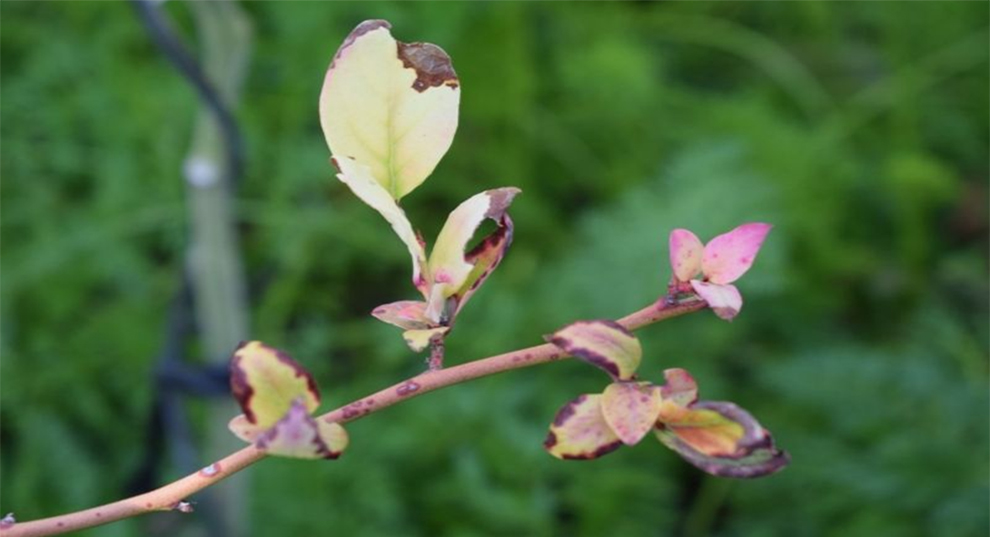
If you are growing blueberry bushes, know that there are several signs that may indicate your blueberry bush is in distress. Here are some common indicators to look out for:
- Wilting leaves
- Yellowing leaves
- Leaf discoloration or spots
- Stunted growth
- Lack of flowering or fruiting
- Dropping leaves or premature defoliation
- Bark damage or cankers
- Pests or infestation
- Root problems
It’s important to note that these signs can vary depending on the specific cause and the overall health of your blueberry bush.
If you notice any of these symptoms, it’s recommended to consult with a local gardening expert, agricultural extension service, or a professional arborist for an accurate diagnosis and appropriate treatment.
How Do You Rejuvenate An Old Blueberry Bush?
Rejuvenating an old blueberry bush can help revive its vigor and productivity. Here are some steps you can take to rejuvenate an old blueberry bush:
- Pruning: Begin by pruning the bush during the dormant season, which is typically in late winter or early spring before new growth starts. Remove any dead, damaged, or diseased wood. Additionally, thin out some of the older, unproductive branches to improve the blueberry bush lifespan.
- Renovative pruning: In severe cases where the blueberry bush is extremely overgrown or has weak growth, you can perform more aggressive renovative pruning.
This involves cutting back the entire bush to around 6-12 inches above the ground, leaving only the strongest and healthiest canes. While this approach may sacrifice a year’s worth of fruit, it can stimulate new growth and rejuvenation.
- Soil preparation
Blueberries prefer acidic soil with a pH range of 4.0 to 5.5. Test your soil pH and amend it if necessary, by adding sulfur or other acidifying agents.
Ensure the soil is well-draining and rich in organic matter. Add compost or well-aged manure to improve soil fertility.
- Fertilization
Apply a balanced fertilizer formulated for acid-loving plants, such as one with an N-P-K ratio of 10-10-10 or 12-12-12, following the recommended application rates.
Apply the fertilizer in early spring before new growth starts and again in early summer. Be sure to water the plant thoroughly after fertilization.
- Mulching: Apply a layer of organic mulch, such as pine needles, wood chips, or bark, around the base of the blueberry bush. Mulch helps to retain moisture, suppress weed growth, and maintain a more stable soil pH.
- Watering: Provide consistent and adequate watering to your blueberry bush, especially during dry periods. Blueberries require moist but well-drained soil. Avoid overwatering, as excessively wet conditions can lead to root rot.
- Pest and disease management: Regularly inspect your blueberry bush for pests and diseases. If any issues are detected, take appropriate measures to control and manage them promptly. This may involve using organic insecticides, or fungicides, or seeking advice from a local gardening expert.
- Proper pollination: Blueberries benefit from cross-pollination, so consider planting multiple varieties or introducing pollinator plants nearby to improve fruit set and yield.
- Ongoing care: Monitor the health of your blueberry bush throughout the growing season. Maintain regular pruning to remove dead or weak wood and encourage new growth. Continue providing appropriate irrigation, fertilization, and pest control as needed.
Rejuvenating an old blueberry bush may take time, and results can vary depending on the plant’s condition and overall health. Be patient and consistent with your care for blueberry bushes, and over time, you should start to see signs of renewed growth and improved fruit production.
